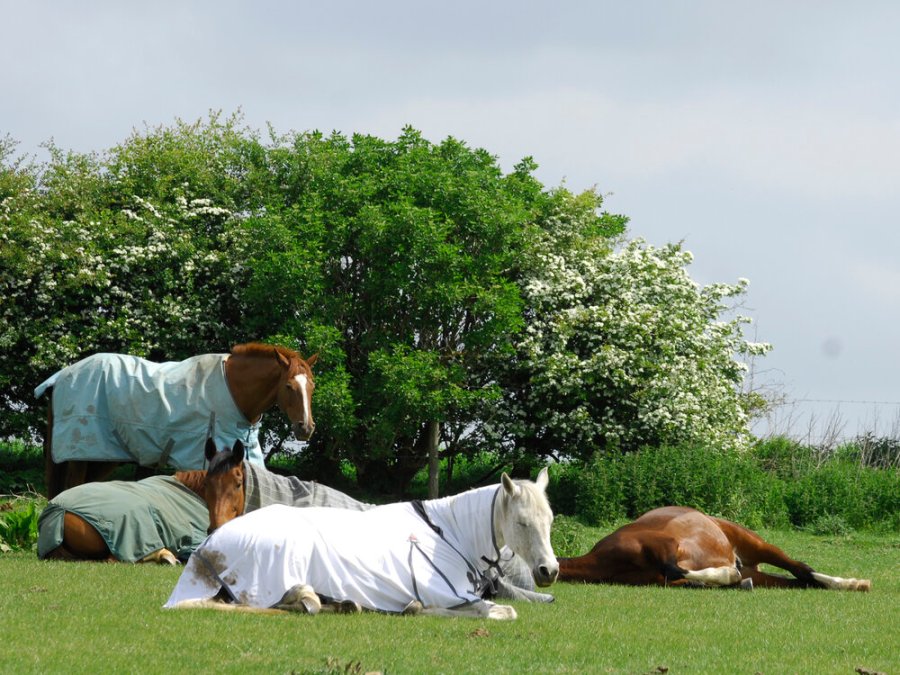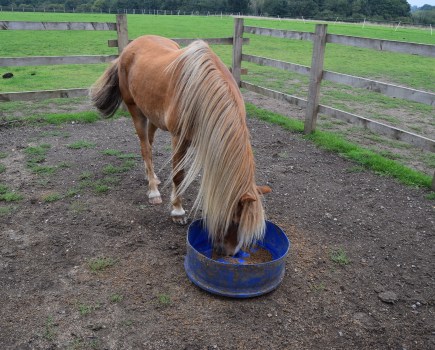A recent Austrian study has found that old age or lameness does not necessarily affect the time a horse spends lying down and their ability to achieve a full sleep cycle.
Horses have to lie down to achieve rapid eye movement (REM) sleep, the authors explained. Horses who cannot lie down can therefore suffer from an REM sleep deficiency that negatively affects their welfare and health.
The researchers expected the horses with chronic orthopaedic discomfort, or older equines, to spend less time lying down, but this was not the case.
“Interestingly, neither age nor lameness due to chronic orthopedic disease significantly influenced the time spent lying down,” they said.
For the research, wearable sensor technology was used to monitor the time 83 old and young horses, with or without chronic lameness, spent lying down, moving, or standing.
The animal sanctuary horses comprised 39 warmbloods, 17 draft types, and 27 horses of other breeds.
Recumbency times ranged from 0 to 319 minutes a day, with an average of 67.4 minutes. The average time for movement was 19.1 percent, while for standing was 75.6 percent.
Eight horses in the study were assessed as showing symptoms of REM deficit.
“Horses showing symptoms of REM sleep deficiency had shorter lying times and reduced times spent moving, indicating a general compromise of their well-being,” said the researchers.
They concluded that wearable sensor technology could be used to identify horses with short recumbency times at risk for REM sleep deficiency.
“The technology can be used to assess and monitor equine welfare objectively and optimise husbandry conditions so that old horses and horses suffering from chronic orthopaedic conditions can achieve lying-down times comparable to younger, healthy horses,” the researchers added.









